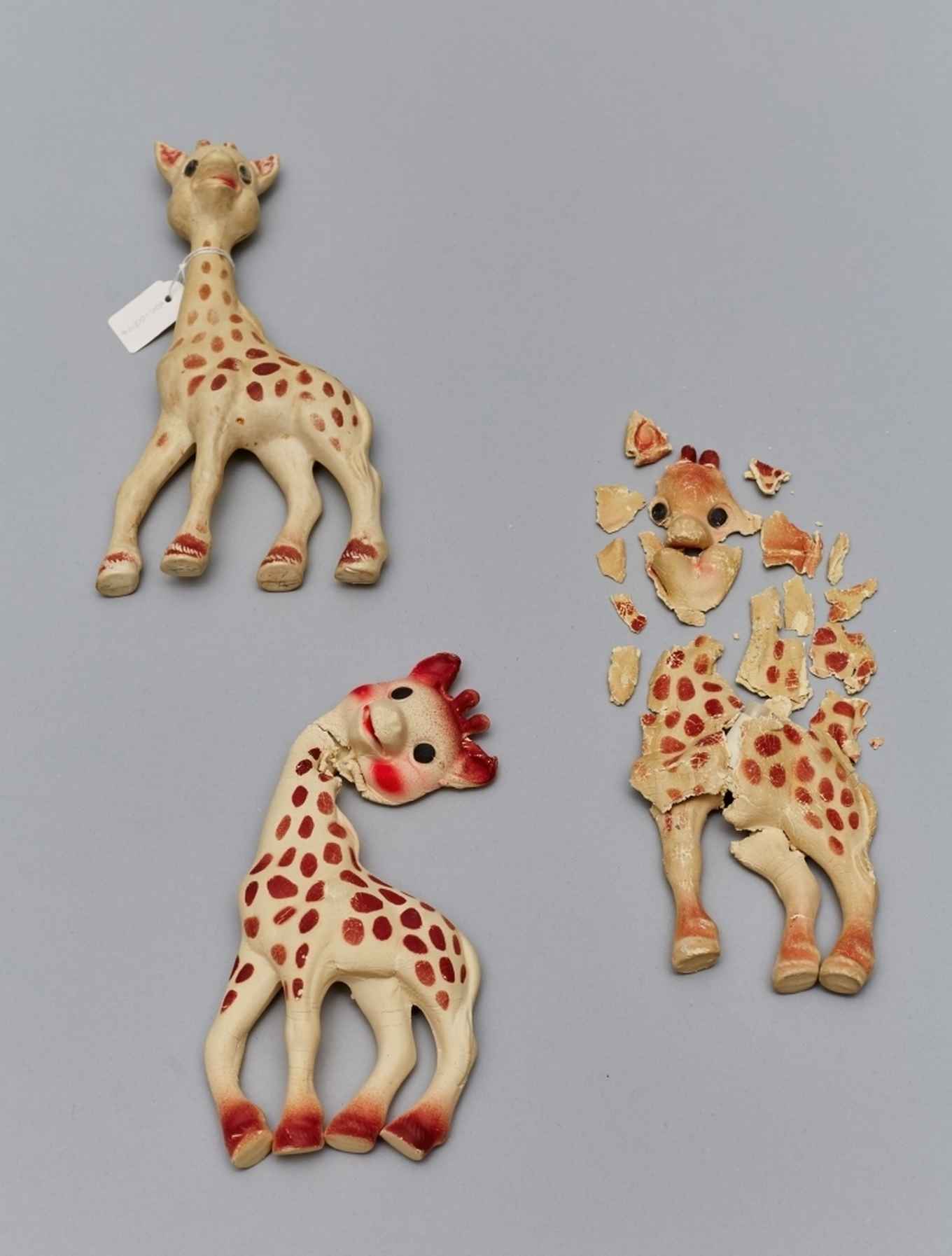Plastics Project
Start new research project on the identification and conservation of plastics in The Netherlands (2017-2019)
6 April 2017

The Plastics Project aims to apply advanced research to this large group of objects, bringing together conservation scientists and no less than ten major museums and curators in the Netherlands. A do-it-yourself method will be developed by which means administrators and conservators will be enabled to identify a large part of their plastic collections themselves, to monitor them and take appropriate measures for preventive conservation. In addition, the Cultural Heritage Agency of the Netherlands (RCE) will train two junior professionals who will become specialists in this field. The project starts on April 3, 2017 and runs until April 2019. It has kindly been supported by financial contributions from the Gieskes-Strijbis Fonds and Mondriaanfonds.
Partners
The Plastics project is coordinated by the Foundation for Conservation of Contemporary Art (SBMK) and the Netherlands Institute for Conservation, Art and Science (NICAS), a collaboration between the Cultural Heritage Agency of the Netherlands, Rijksmuseum and the Conservation Department of the University of Amsterdam. Partners in the project are: Bonnefantenmuseum, Centraal Museum Utrecht, Gemeentemuseum The Hague, Kröller-Müller Museum, Museum Boijmans Van Beuningen, Schunck*, Stedelijk Museum Amsterdam, Van Abbemuseum, Rabo Art Collection and Collections of the RCE.

Objectives
The objective of the project is to improve the sustainability, visibility and accessibility of objects made of plastic. A representative part of the collections will be identified and registered in the museum information systems. Participants learn to identify plastics ‘on the job’ and when needed additional research will be carried out. By developing preventive measures in collaboration, plastic collections will be maintained in a proper way and knowledge will be secured within the organizations.
Research and practice
During the first phase of the project (April 2017–April 2018) a decision tree will be developed on the basis of which a survey can be performed. A do-it-yourself kit for identification provides a basic means for identification and a digital platform helps collection managers by distributing information on the most common and / or problematic types of plastics. Those examples are illustrated by iconic works to which the plastics have been applied.
During the second phase (April 2018–April 2019) ten surveys will be carried out during on the job workshops, in which collection keepers of participating institutions work closely with the senior and junior scientists from RCE. This is also a test for the do-it-yourself kit and information platform. The results will be discussed with a wider audience during a seminar planned at the end of the project.